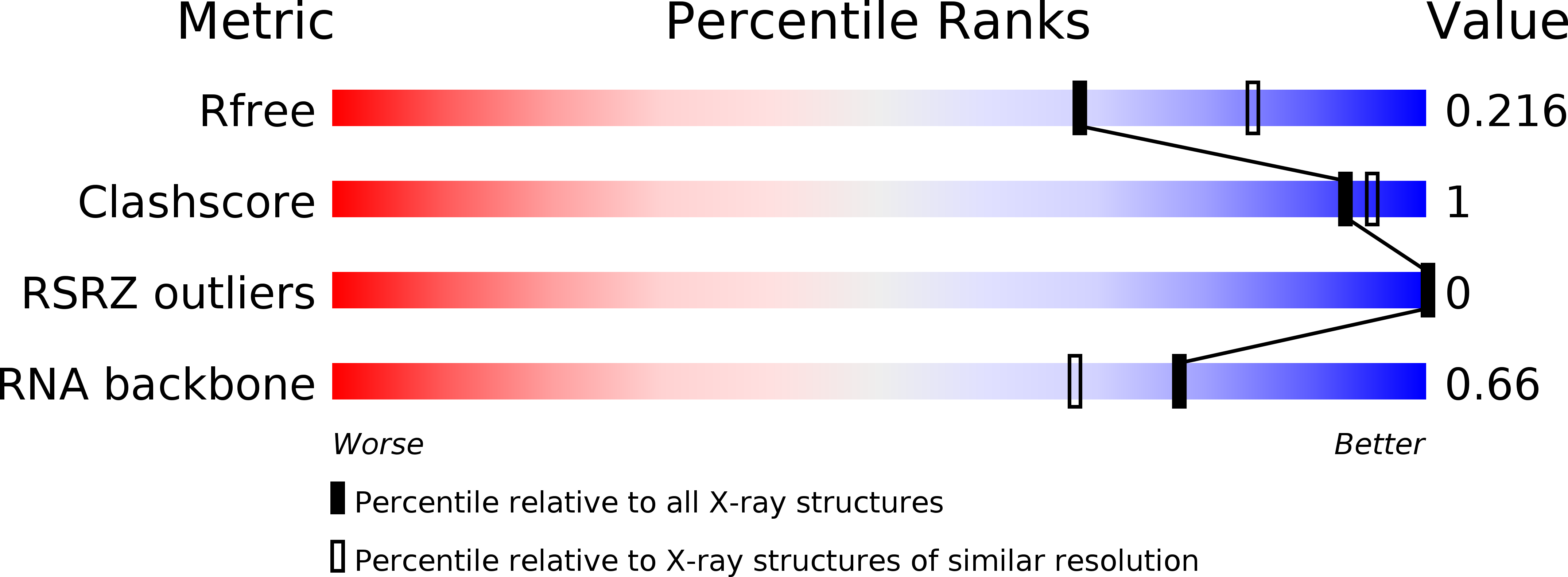
Deposition Date
2012-11-24
Release Date
2012-12-12
Last Version Date
2024-05-08
Entry Detail
PDB ID:
3ZD5
Keywords:
Title:
THE 2.2 A STRUCTURE OF A FULL-LENGTH CATALYTICALLY ACTIVE HAMMERHEAD RIBOZYME
Biological Source:
Source Organism:
Schistosoma mansoni (Taxon ID: 6183)
Method Details:
Experimental Method:
Resolution:
2.20 Å
R-Value Free:
0.21
R-Value Work:
0.17
R-Value Observed:
0.18
Space Group:
C 1 2 1


